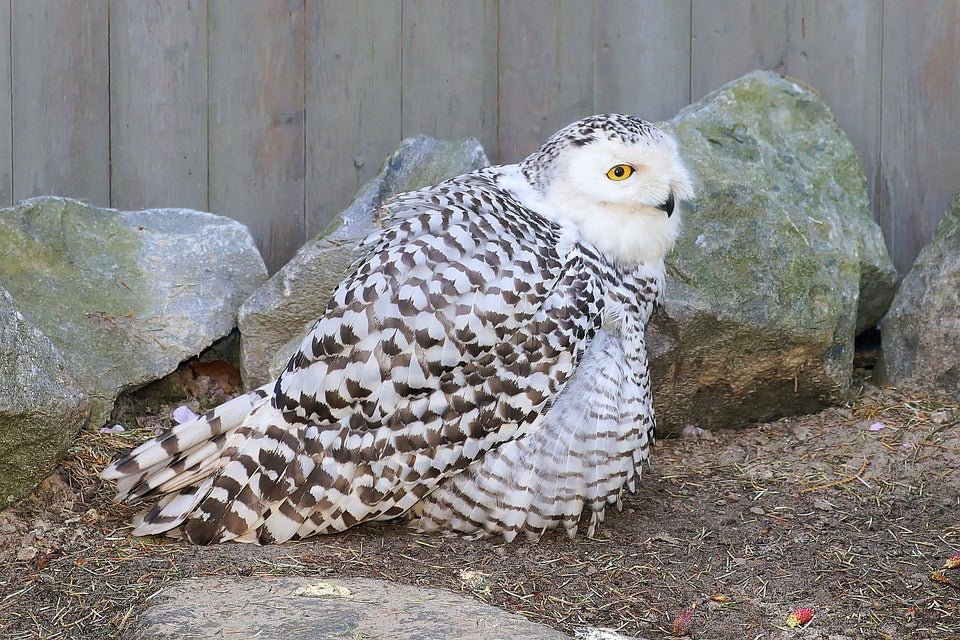Offer
Provide additional details about the offer you're running.
Provide additional details about the offer you're running.
Provide additional details about the offer you're running.

This year was one for the record books as many of us were treated to multiple sightings of the elegant snowy owl across central and eastern Canada and the American northeast. Observations of the snowy owl this year linked it very closely to the movements of a migratory “snow bird” with reported sightings as far south as Florida.
There are a few possible explanations floating around as to what exactly caused these birds to travel so far south and out of their traditional areas. Snowy owls are not typically observed this far south, remaining mostly in the Arctic Tundra well north of the tree line here in Canada. It is thought that this action was brought on by food sources. Most professionals believe either there was a sharp decline in available food or an increase in the population of snowy owls making competition for available food sources very high and causing birds to migrate to other regions.
Because of their traditional open-spaced terrain, when these raptors migrate south, they often can be found in areas that somewhat resemble their home range habitat. Open fields and great expanses of flat and treeless terrain is where these birds feel at home and the long grass found typically in this type of habitat can yield a large number of rodents as a reliable food source.
These rare sightings obviously pose risks to the species involved who are found removed from their element and not only cause a slight change in the ecosystem but also in the way we as humans go about our daily activities. Airports were some favorite roosts this year for migrating snowy owls, who view these pieces of property as wide open spaces making for perfect hunting grounds. The size of the bird makes them a very big risk for aircraft and when hit can cause significant damage and jeopardize human safety. The snowy owl weighs in as the heaviest owl in North America, so many airports dispatched special teams to safely remove and relocate the owls when possible.
As to whether or not we should expect the same numbers of snowy owls to appear in 2015 that still remains to be seen. Most believe that many of the same circumstances that caused last year’s migration will again come into play. In the coming months keep your eyes peeled for owls and be sure to report any sightings to help researchers and conservationists track and study these unique new patterns.
See below for an updated range map for the past year from ebird.org

High Quality Blend